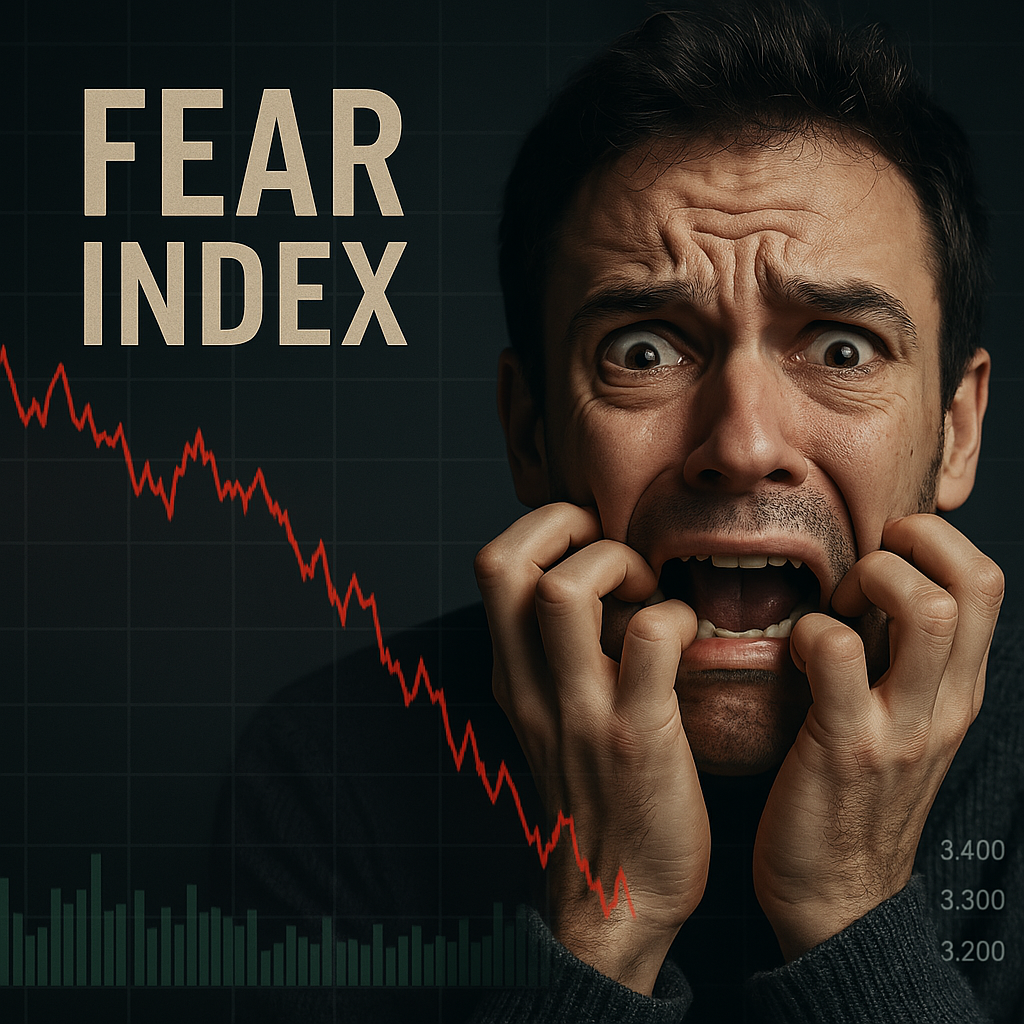In this blog, we will try to understand the following.
- What is India Vix index, or Vix Index India ?
- Understanding the India VIX Index ?
- Calculation of India VIX Index ?
- Significance of India Vix Index ?
What is India Vix index ?
The India Volatility Index, also known as the Fear Index, measures the volatility of the Indian Stock Market. It is calculated and published by the National Stock Exchange (NSE). It was launched in 2008 by the National Stock Exchange.
Understanding the India Vix Index?
The India VIX Index measures the expected volatility of the Nifty 50 over the next 30 days. The Nifty 50 index represents the 50 top-performing companies of the NSE. Thus, the India VIX index predicts the expected volatility of the Indian stock market over the next 30 calendar days. This index reflects investors’ sentiments and the risk involved in the market.

Calculation of India VIX Index ?
The VIX Index is calculated using a complex algorithm that considers the prices of options contracts on the Nifty 50 Index. The calculation involves the following steps:
1. Data Collection: The NSE collects data on the prices of options contracts on the Nifty 50 Index.
2. Option Pricing Model: The NSE uses an option pricing model to calculate the implied volatility of the options contracts.
3. Volatility Calculation: The implied volatility is then used to calculate the expected volatility of the Nifty 50 Index over the next 30 days.
4. VIX Index Calculation: The expected volatility is then converted into a VIX Index value, which is used to measure the expected volatility of the market.
Significance of India VIX Index
A high VIX Index indicates high volatility in the Stock market for the next 30 days. Whereas the Low VIX index indicates low volatility in the next 30 calendar days.
The range of the India VIX index is between 15 to 35. When its value is below 15 means it shows low volatility in the market. The value above 35 indicates high volatility. If the VIX value is 18, this shows that Traders are expecting an 18% increase or decrease in the Nifty 50 over the next 30 days.
Here are some of the important turmoil in the Indian Stock market and the VIX index value at that time.
| Year 2008 | Global Financial Crisis | India Vix Index Value is 92.5 |
| Year 2020 | Covid Pendemic Period | India Vix Index Value reached 86.63 |
The VIX Index is a significant metric in the Indian stock market, providing insights into the market’s expected volatility. Here are some ways the VIX Index is used in the Indian stock market.
1. Predicting Risk in the Market. : VIX index is the best parameter for investors to judge the market risk. Investors can take an offensive or defensive position by looking at the value of the VIX Index.
2. It helps the Traders to decide their strategies– Traders can decide on their put and call options by studying the VIX index. The VIX Index is used by traders to develop trading strategies. A high VIX Index value can indicate a potential buying opportunity, while a low VIX Index value can indicate a potential selling opportunity.
3. Judging the Market Sentiments: Investors can judge the market sentiments quite accurately by following the VIX Index. A high VIX Index value can indicate bearish market sentiment, while a low VIX Index value can indicate bullish market sentiment.
Conclusion
Investors and Traders can use the India VIX index to determine the expected volatility and risk involved in the stock market for the next 30 days. Using this index, they can decide upon their investment and trading strategies. This way, they can make informed decisions and manage risks. The India VIX Index is an important tool in the hands of investors and traders to make correct decisions about the market.
The Normal Range of the India Vix Index is 15 to 35.
A value below 15 indicates low volatility
A value more than 35 indicates high volatility
The reader would also like to know the following topics
Nifty 50 vs Nifty Next 50 vs Nifty 100
Bull vs Bear in the stock market

